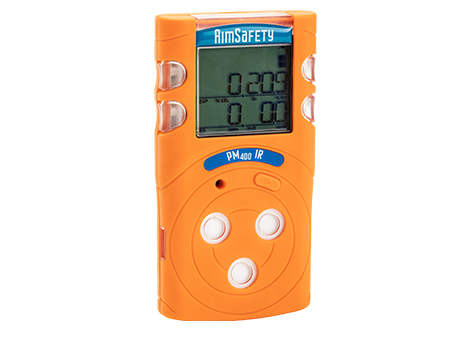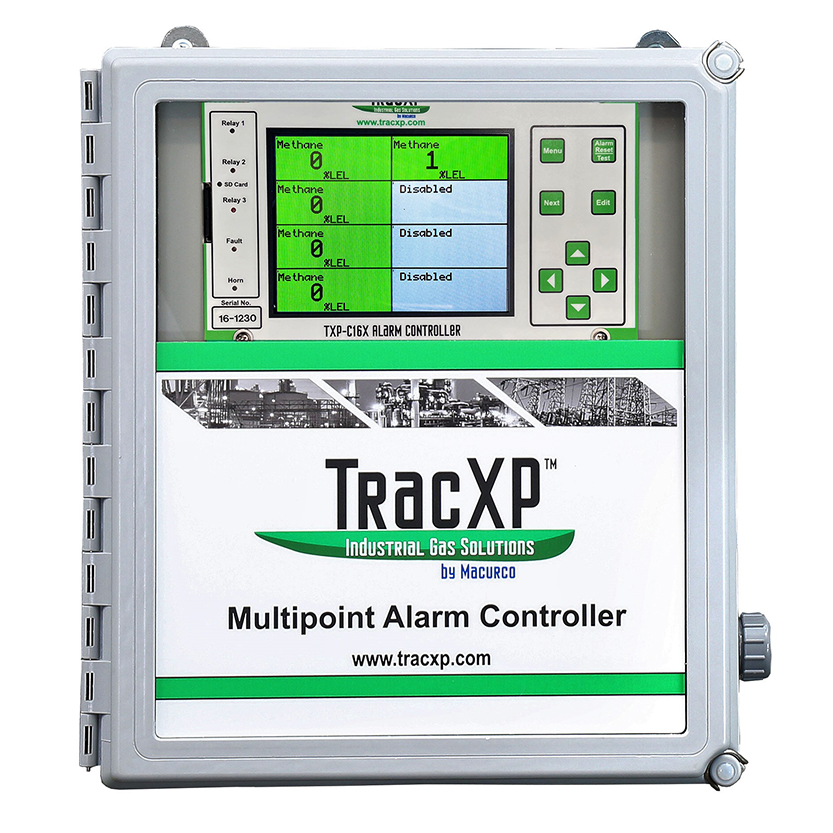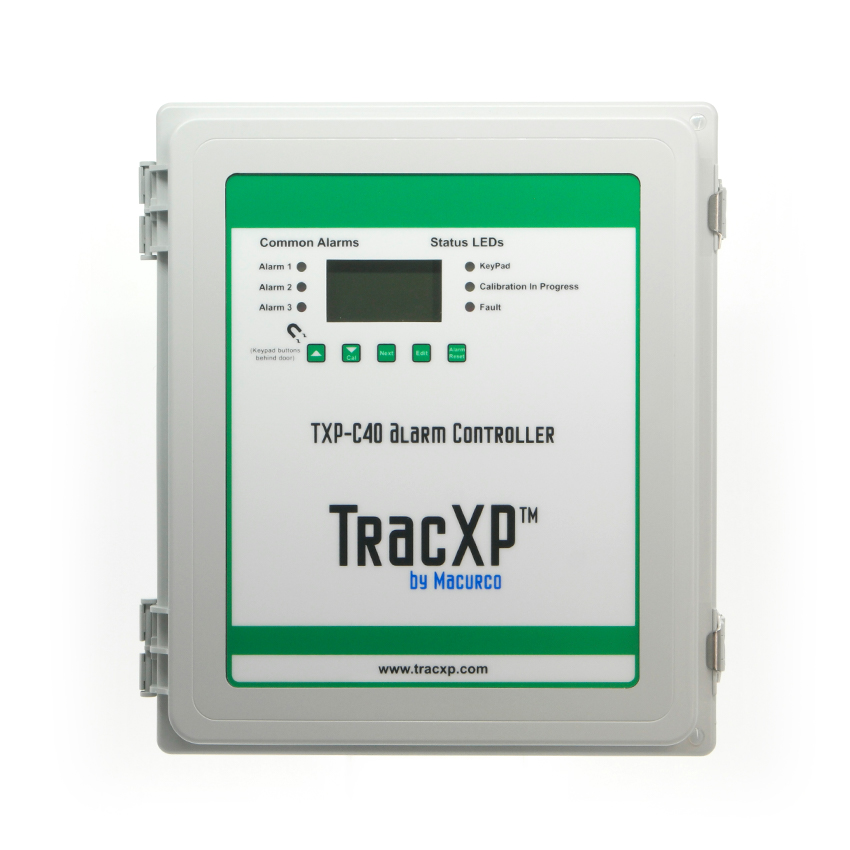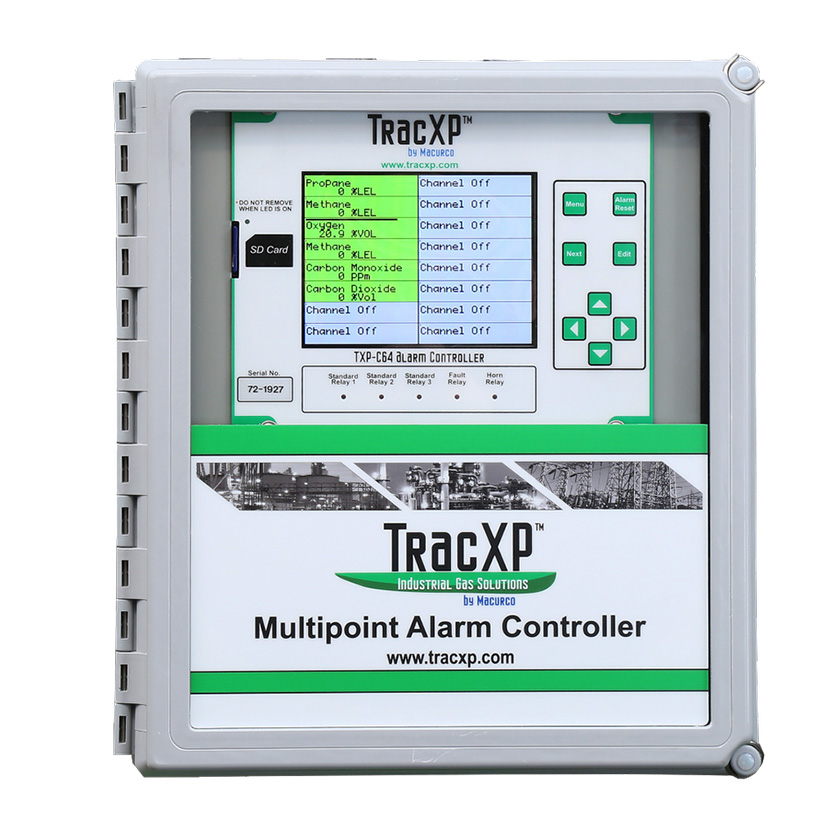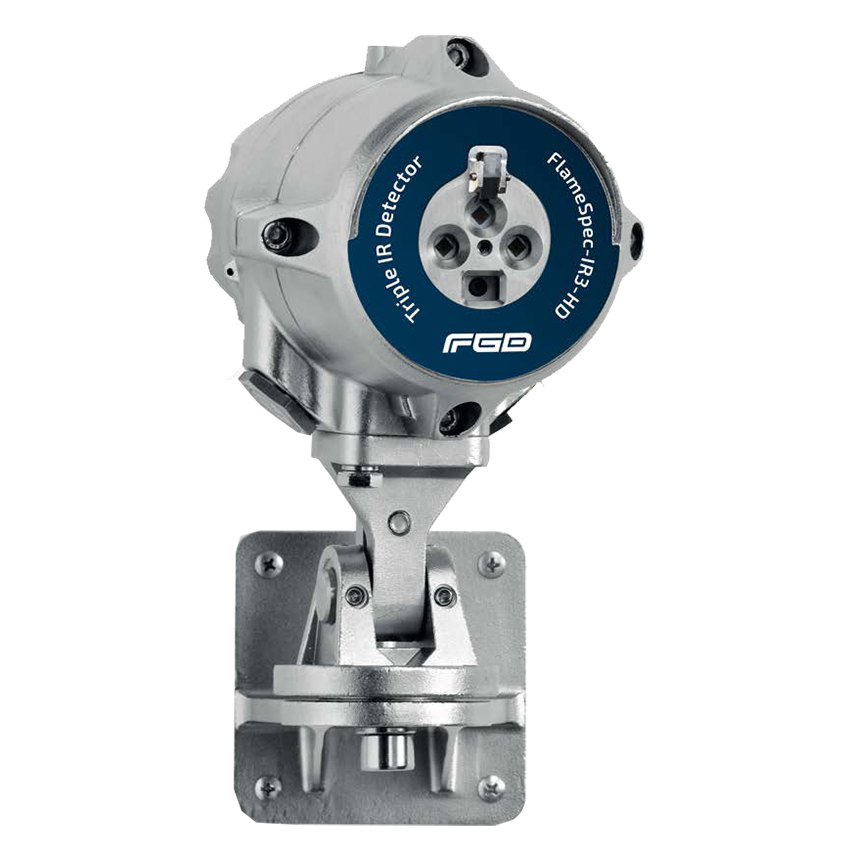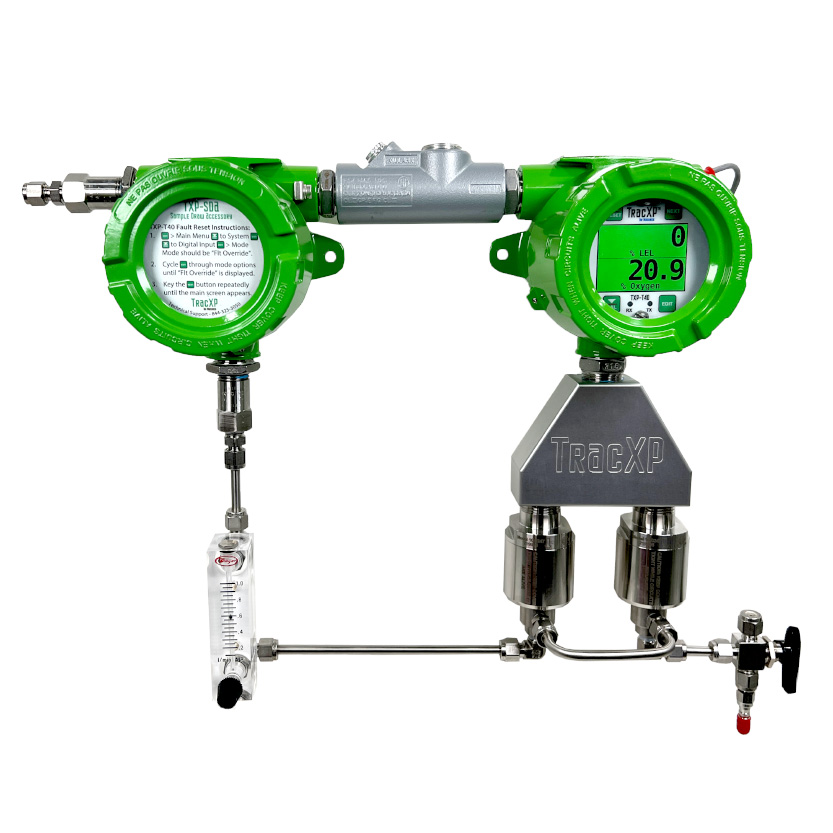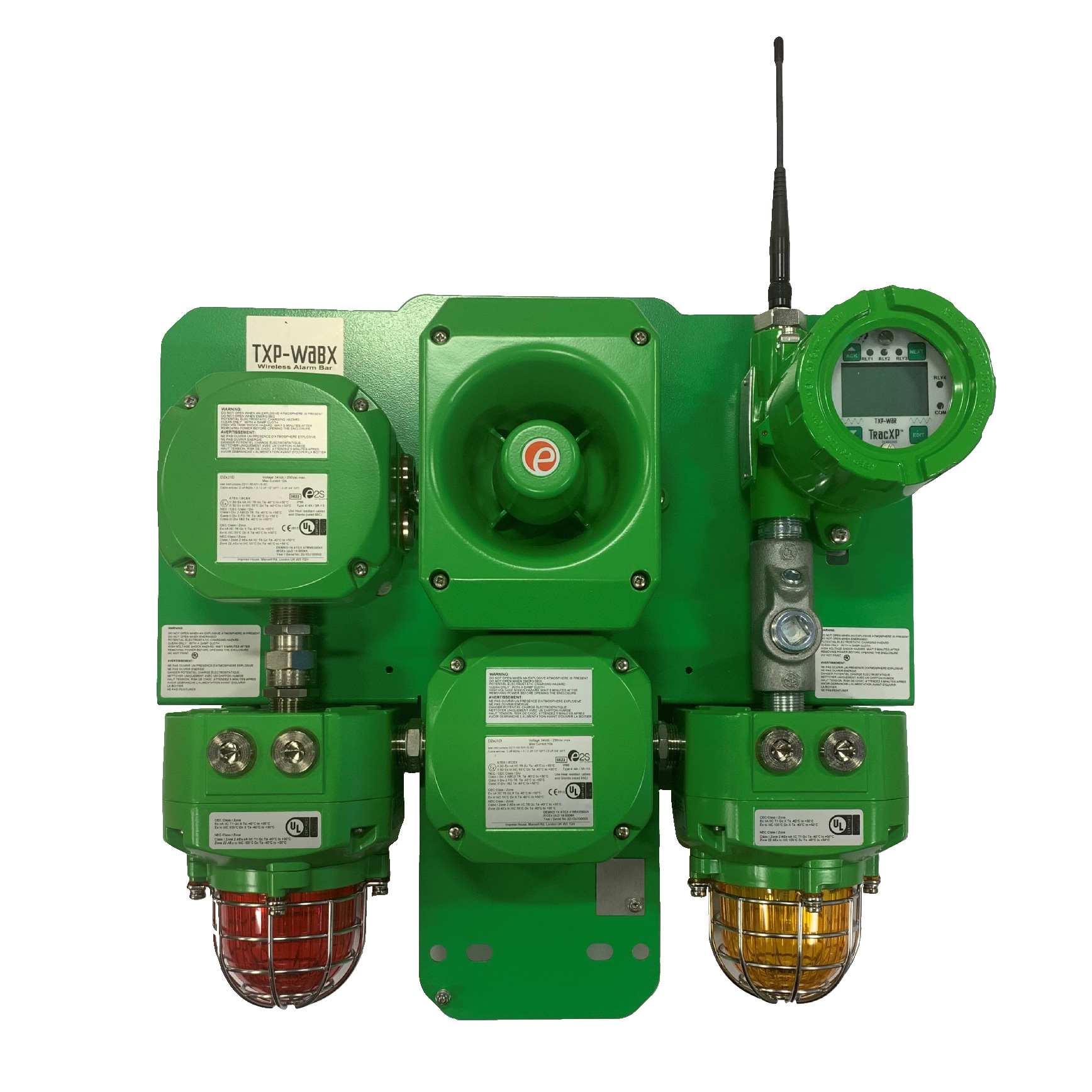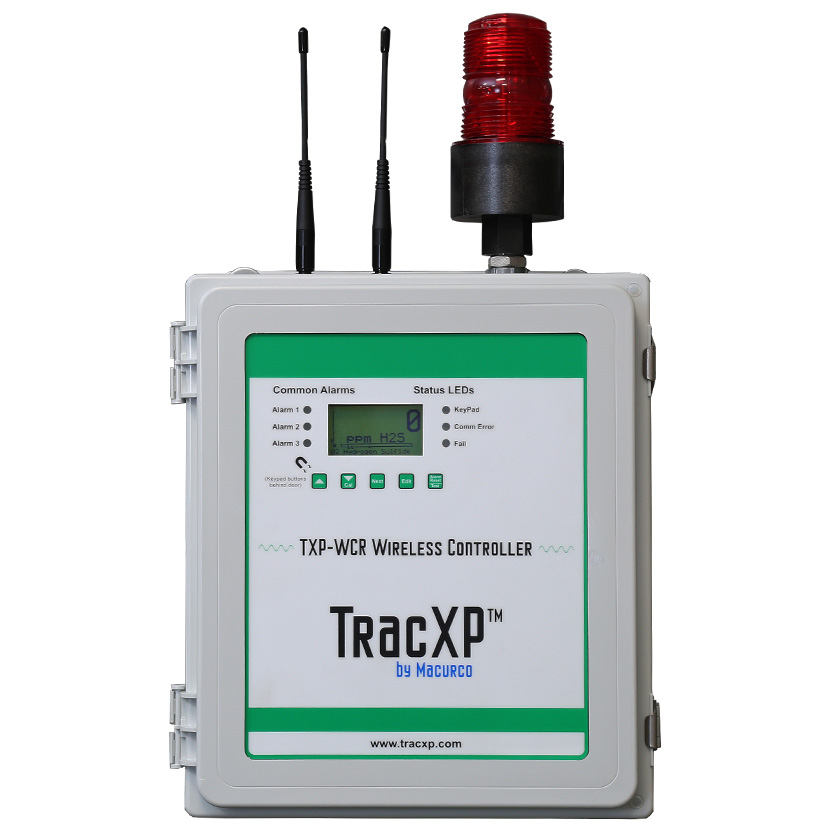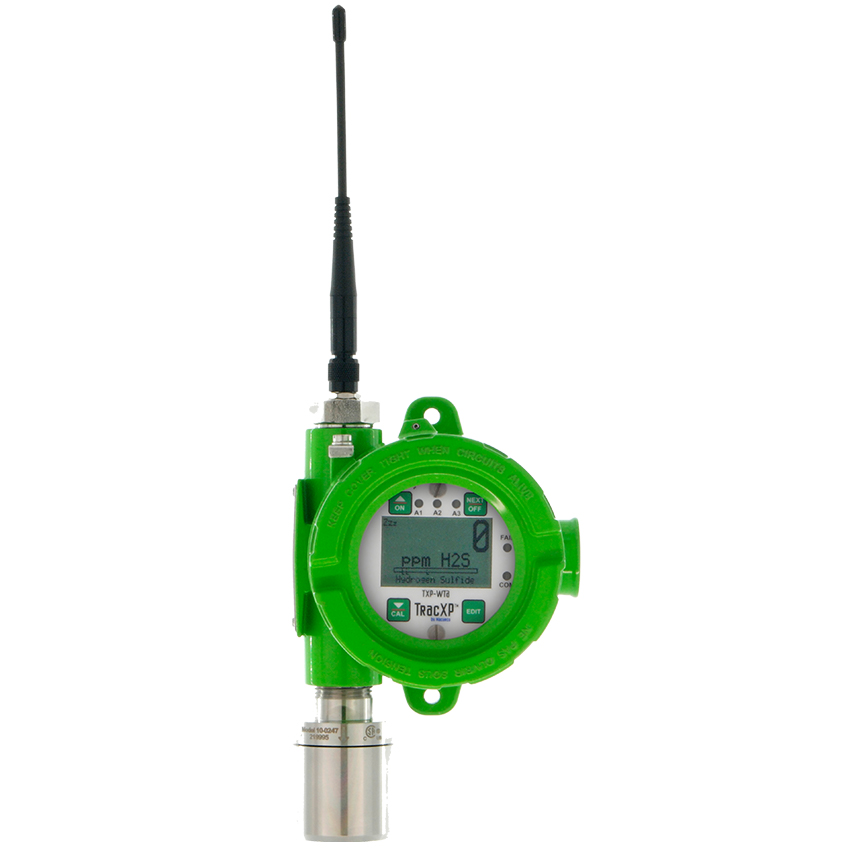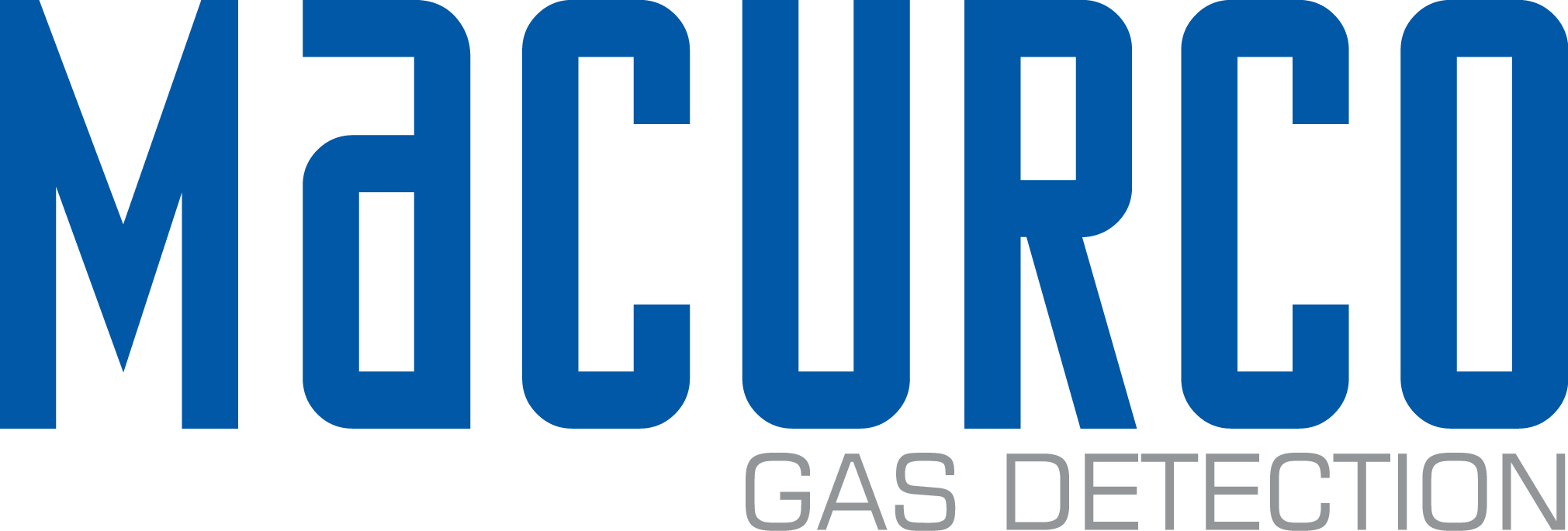Gas detectors provide detection of combustible, toxic, and other hazardous gases that could be released during operations. Early detection of unsafe gases can help prevent explosions or dangerous personnel exposure. Gas and flame detectors provide an immediate indication of gas or flame release through visual alarms and audio warnings, enabling extraction of personnel at risk and accurate control of the situation. In addition, regular monitoring of gas concentrations helps ensure a safe working environment and can help reduce the risk of environmental damage or losses due to undetected gas leaks.
Common Upstream Applications
Tank Batteries

Drill/Fracking Sites

Rail Car Terminals
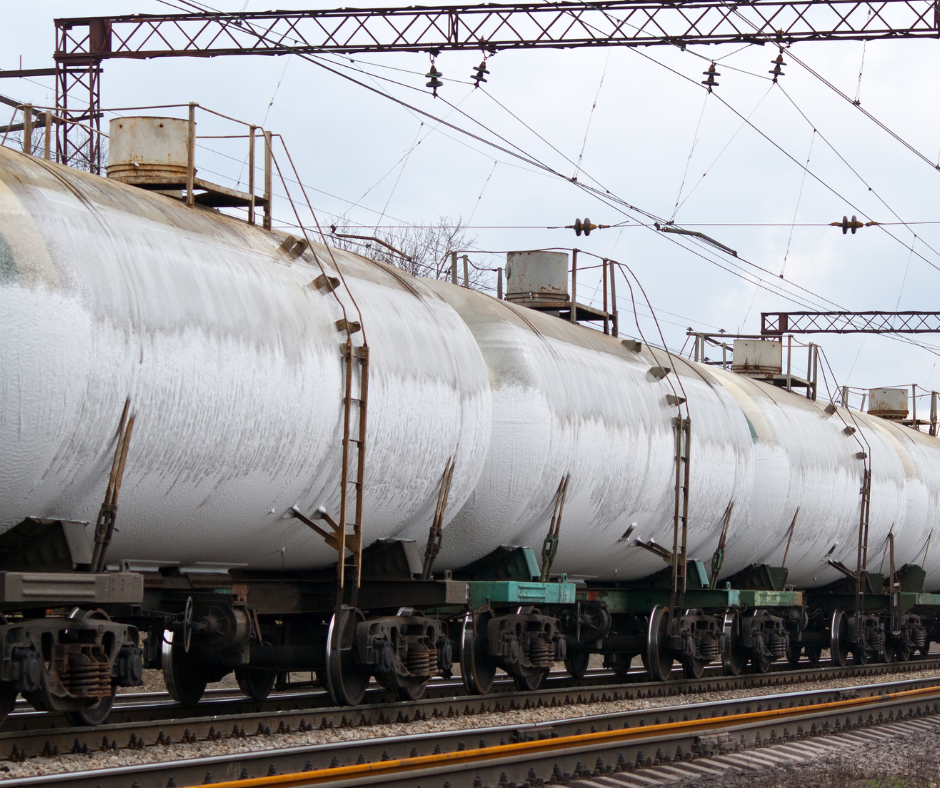
Water Disposal Sites

Storage Areas
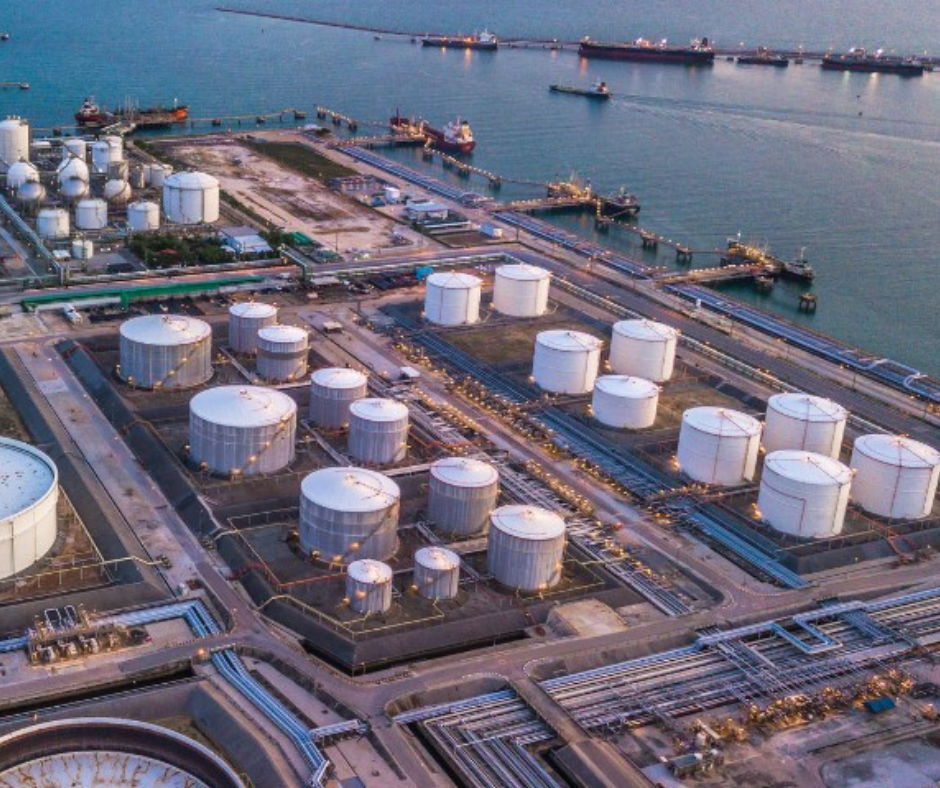
Why Install A Gas Detection System?
Safety Measures
Gas detection and flame detection systems are vital for ensuring the safety of personnel working in oil and gas facilities. These systems continuously monitor the air quality and promptly alert workers if dangerous concentrations of gases, such as hydrogen sulfide (H2S), methane (CH4), or volatile organic compounds (VOCs), are detected. Early detection enables workers to evacuate the area or don appropriate personal protective equipment, preventing harmful exposure and potential health hazards.
Personnel and Property
Gas and flame detection is also crucial in protecting property and infrastructure. Flammable gases can significantly increase the risk of explosions and fires in oil and gas facilities. By monitoring gas levels, detection systems can trigger alarms and activate safety measures like automatic shutdown systems, fire suppression systems, or emergency response protocols. Timely detection helps prevent accidents, minimize property damage, and potentially save lives.
Sustainability
Gas detection is essential for maintaining environmental integrity. The oil and gas industry must adhere to stringent regulations regarding emissions and leaks. By monitoring gas leaks and promptly addressing them, companies can mitigate the release of harmful gases into the environment, reduce their environmental footprint, and uphold their commitment to sustainability.
Gases Found
Safety First
Gas and flame detection systems are indispensable tools for personal and property safety in the upstream oil and gas industry. They provide early warnings, enable prompt response to potential gas hazards, and contribute to preventing accidents, protecting personnel, preserving infrastructure, and reducing environmental impact.
Differences between Upstream / Midstream / Downstream
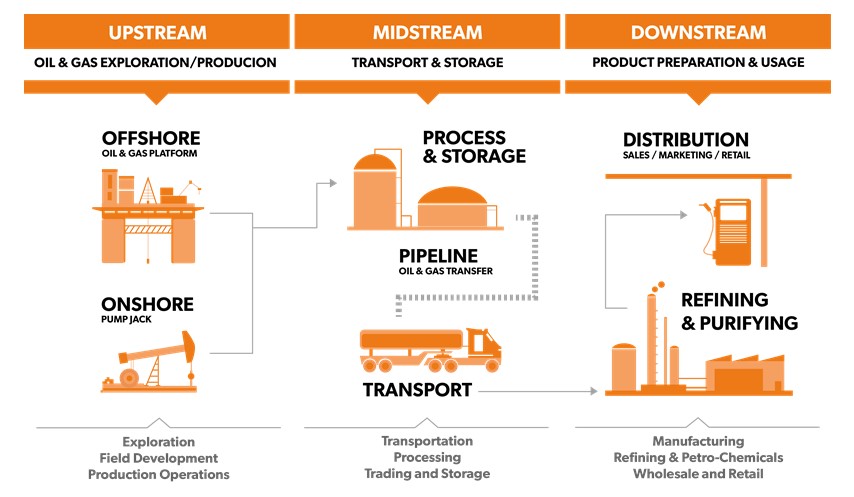
Oil & Gas: Upstream
Suggested Gas Detectors, Control Panels & Accessories


